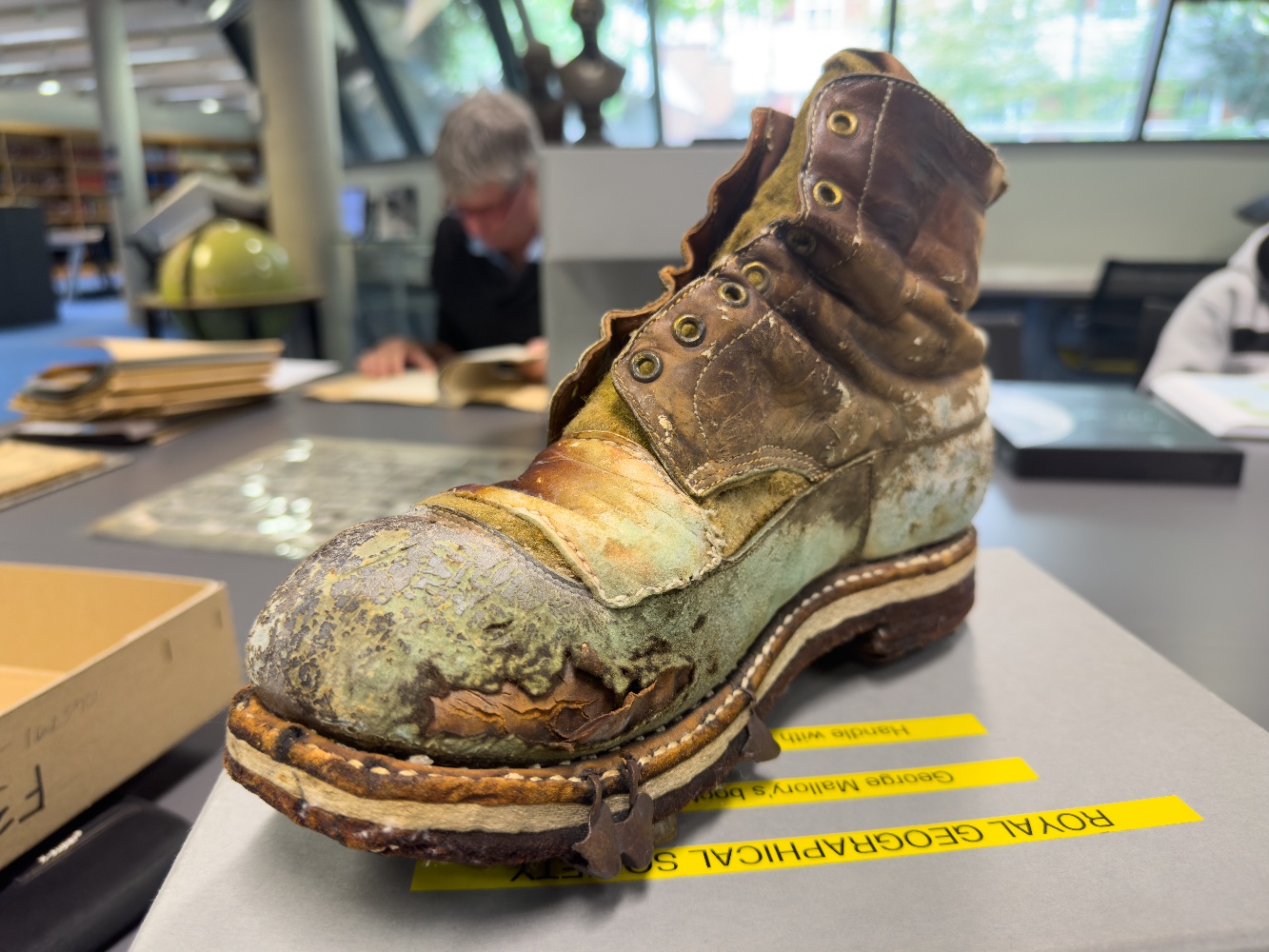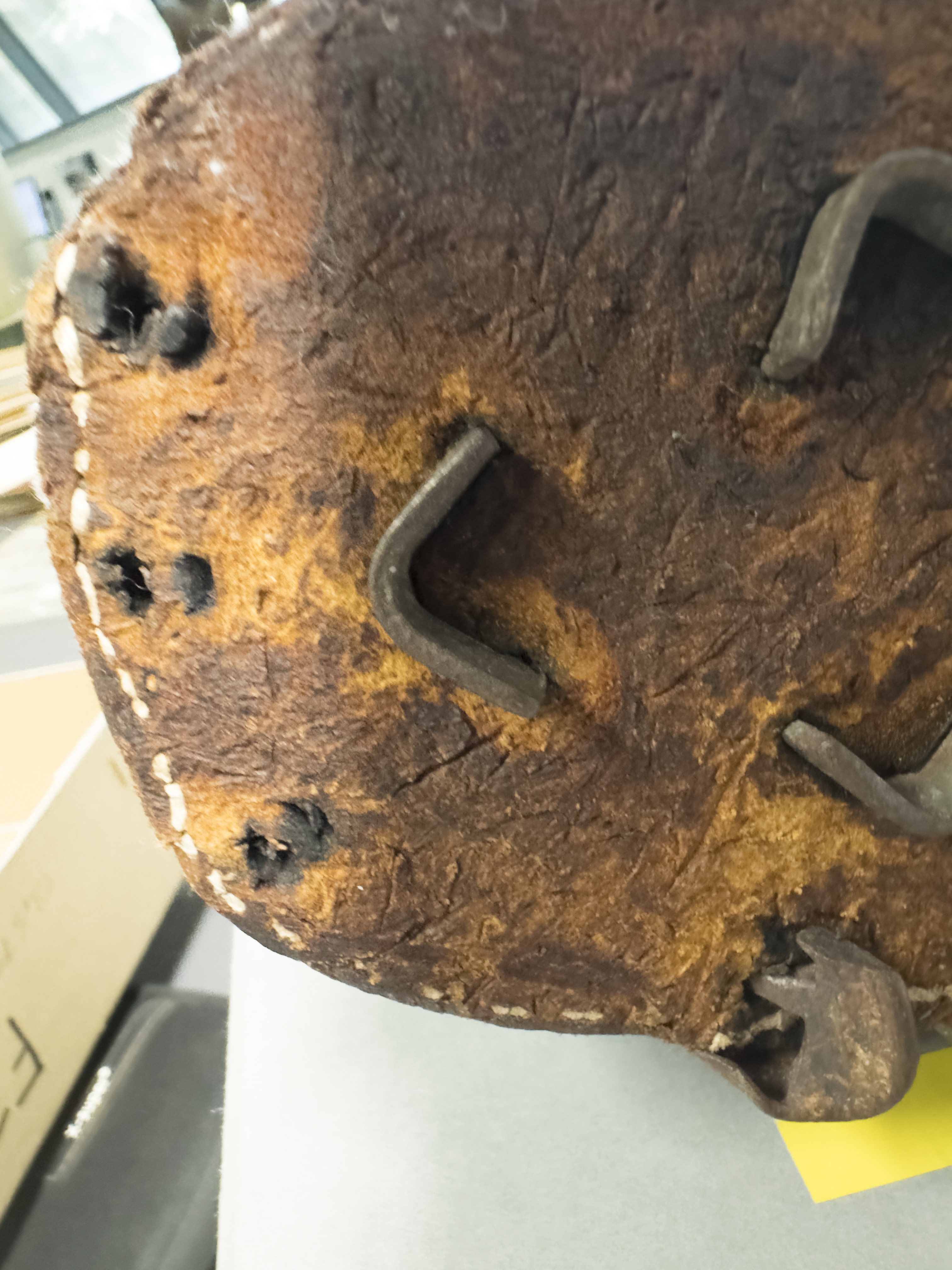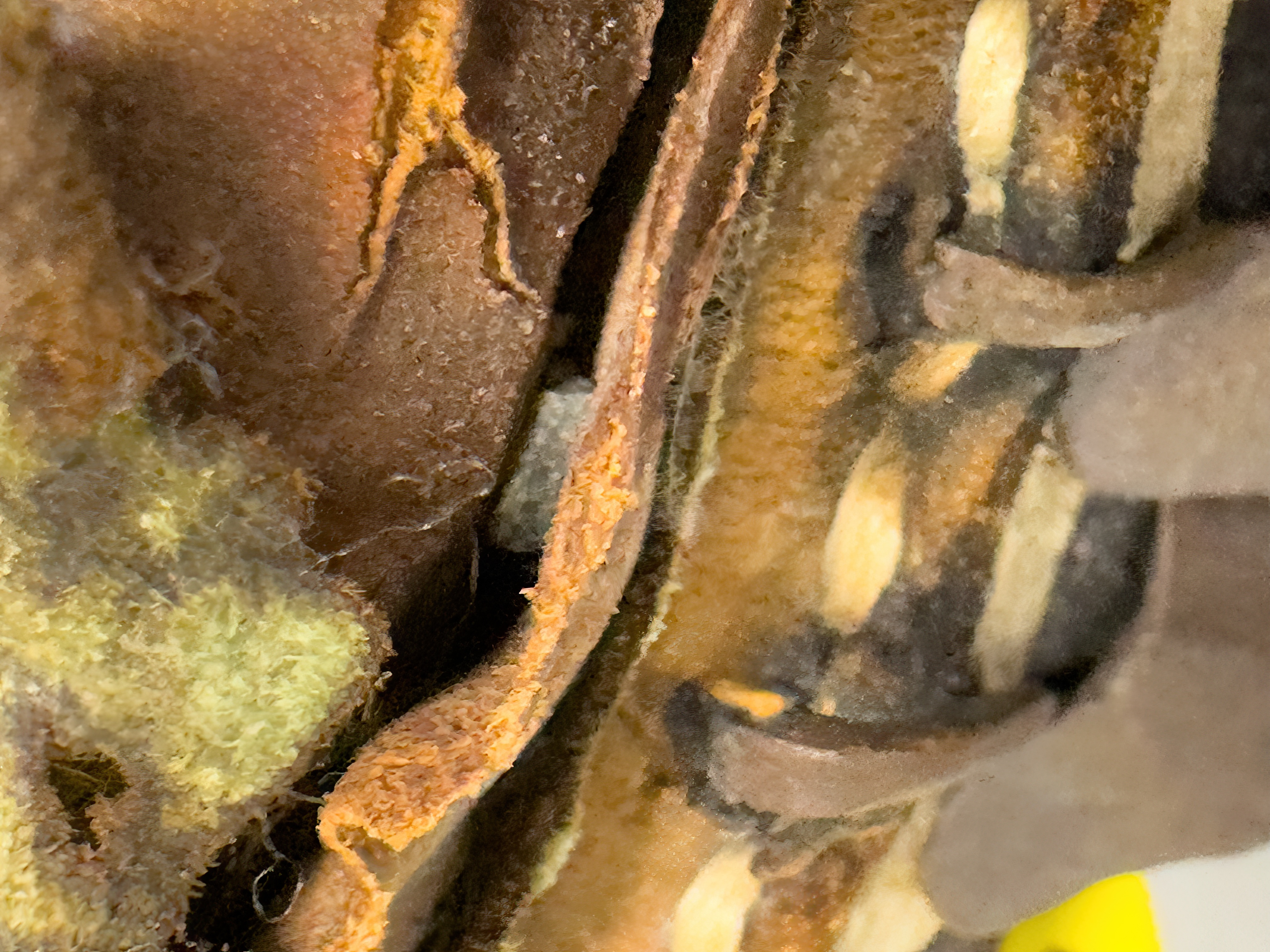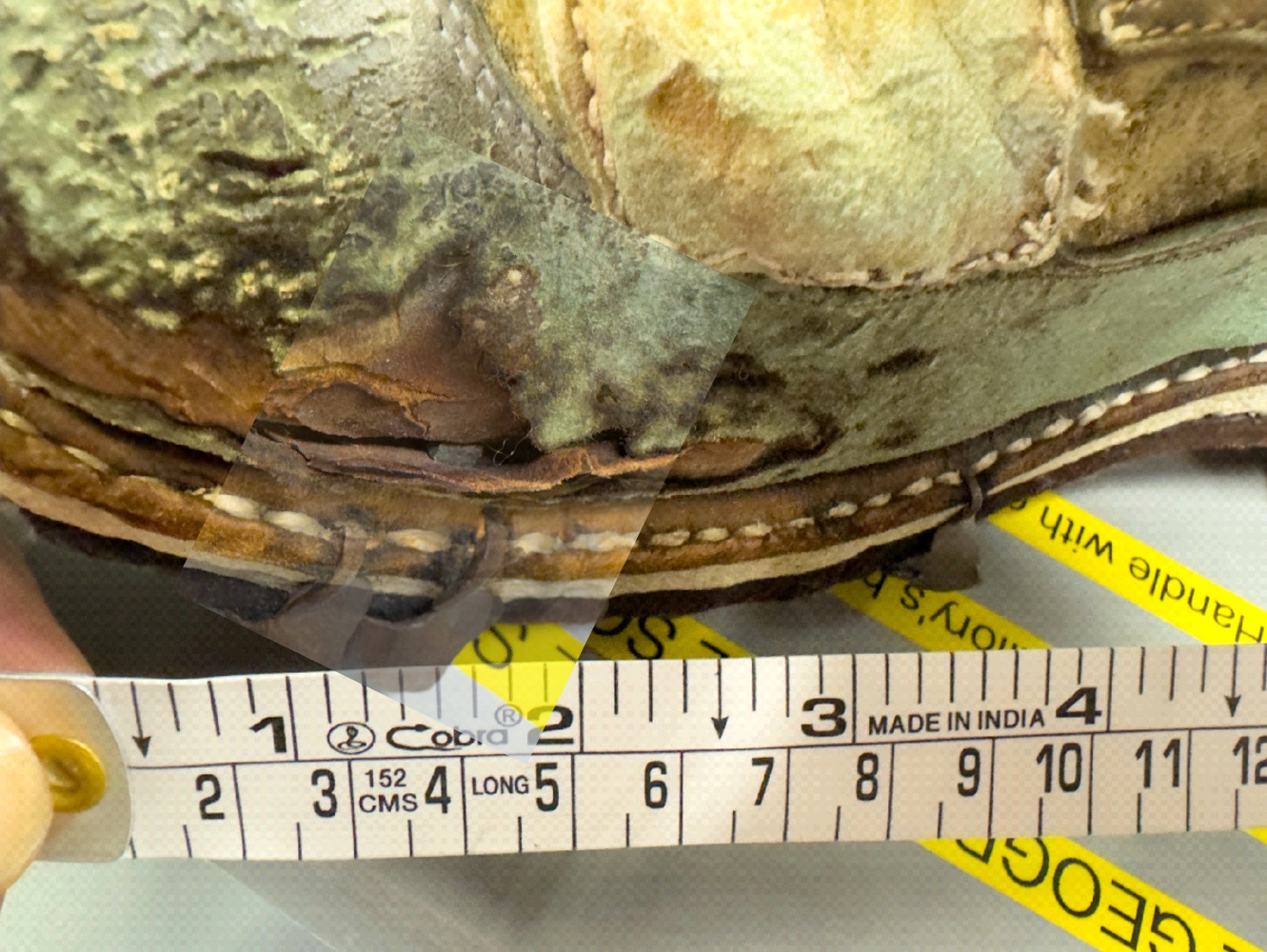
Left: George Mallory and Andrew Irvine © RGS/The Sandy Irvine Trust, from "Ghosts of Everest" ; Right: 1924 North Face locations © Pete Poston
| Photoanalysis | Routes & Maps | Video & Books | Contact Me |


"I'm quite doubtful if I shall be fit enough. But again I wonder if the monsoon will give us a chance. I don't want to get caught, but our three-day scheme from the Chang La will give the monsoon a good chance. We shall be going up again the day after tomorrow. Six days to the top from this camp!"
--from George Mallory's last letter to his wife prior to disappearing on Mt. Everest with his partner Andrew "Sandy" Irvine in 1924
"My face is in perfect agony. Have prepared two oxygen apparatus for our start tomorrow morning".
- Sandy Irvine's last diary entry

About Me
 Celebrating my 50th birthday on pitch 3 of Prodigal
Son, Zion National Park, Utah (guided, all I did was jug up the ropes!)
Celebrating my 50th birthday on pitch 3 of Prodigal
Son, Zion National Park, Utah (guided, all I did was jug up the ropes!)
I am an Emeritus Professor of Chemistry at Western Oregon University where I taught for 31 years.

Gray Band Rocks Embedded in Mallory's Boots?
by Pete Poston
This article was originally a post on Thom Pollard's "The George Leigh Mallory Appreciation Society" Facebook page (link here) and gives a little more detail of how Scanning Electron Microscopy-Energy Dispersive Xray analysis (SEM-EDX) and portable xray fluorescence (pXRF) were used to analyze what appear to be Gray Band rocks embedded in Mallory's boot.
I discussed this data with Thom Pollard on his Youtube/Patreon channels and can be found here. Then he posted a follow-up video where I clarify some of my remarks.
NOTE: I am not saying that these are summit rocks, I'm saying they are Gray Band rocks. The Gray Band starts at the 1st Step and continues up to the summit, so of course, these Gray Band rocks are found everywhere on the mountain. I think it's more likely that these rocks embedded themselves in the boot when Mallory slid down the mountain to his resting place.
Please read on!
If you're interested in obtaining the data files and images I used, please contact me.
 |
 |
Figure 1: Left: the large gash on the inside toe of Mallory's Boot. Right: the missing nails on the tip of Mallory's boot
During Thom Pollard's Everest Mystery live talk on 2/28/2025, he talked about how Mallory's boot was missing the nails on the toe and wondered if this was the result of a climbing accident earlier in the day. When I was at the RGS last Fall, I noticed that too, as well as something else I had been wondering about for quite some time.
I always wondered about the large gash that is on the inside toe of the boot, and wanted to peer into it to see if there were any bits of Yellow Band in there since based on Mallory's fall line, that appears to be the site of his fall. What I saw completely amazed me. Instead of yellowish chunks, there was a small chunk of gray rock that looks a lot like the gray band rocks above, including rocks from the summit (see pics). I also saw another chunk of gray rock stuck in the front of the boot. One bit of gray rock alone isn't very convincing of anything, but what are the chances of two?
I'm not claiming anything but it really makes you think.
So I wondered if the bits of rock were embedded there when Mallory skidded to a stop. But the Gray Band rocks appear closer to the summit pyramid and not above Mallory's resting place, but obviously over geologic time the Gray Band eroded and who knows how much of the scree that Mallory slid down could include these rocks, also causing the gash in the boot, loss of nails, and leading to the penetration of rocks into his boot.
The other point had to do with a suggestion of author Bob Edwards in his new book "Mallory, Irvine and Everest: The Last Step But One" that maybe particles in Mallory's boot could help to identify where they came from and where on the mountain he was.
I had a similar idea back in the 2000's and actually had a chance to analyze a sample of a summit rock and the Mushroom Rock using instrumental techniques that break down the elemental composition of the sample, e.g portable xray fluorescence (pXRF) and scanning electron microscopy (more about these below). I have attached some charts illustrating the elements in the gray band rocks (one from the summit and one from the Mushroom rock).
There wasn't very much difference between them elementally, although the summit rocks have a highly variable Al and Si composition (on the same rock but data was taken on different sides of the rock), so it's doubtful that a specific location could be identified. However, it would make it easier to say that other rock types, e.g. the YB, could be distinguishable.
I also attached a graph comparing some of the data I took using a scanning electron microscope and a portable xray fluorimeter (pXRF). This data was retaken since the 2000's. I won't go into a nerdy discussion about these instruments unless you want to, but I will say that the two instrumental techniques agree with each other.
I hope that you find this interesting!
|
Figure 4: particle embedded near the toe of the boot. The scale is in units of one-eight of an inch and was added using Photoshop.
|
Figure 5: the rock chip embedded in the area of the large gash on the left front of the boot
|
Figure 6: the boot and the large gash. Please note that I have photo-shopped the scale into the pictures using the image in Figure 5.
|
|
Copyright (c) 2004-2025 Pete Poston. All rights reserved. Visitor's Agreement |


